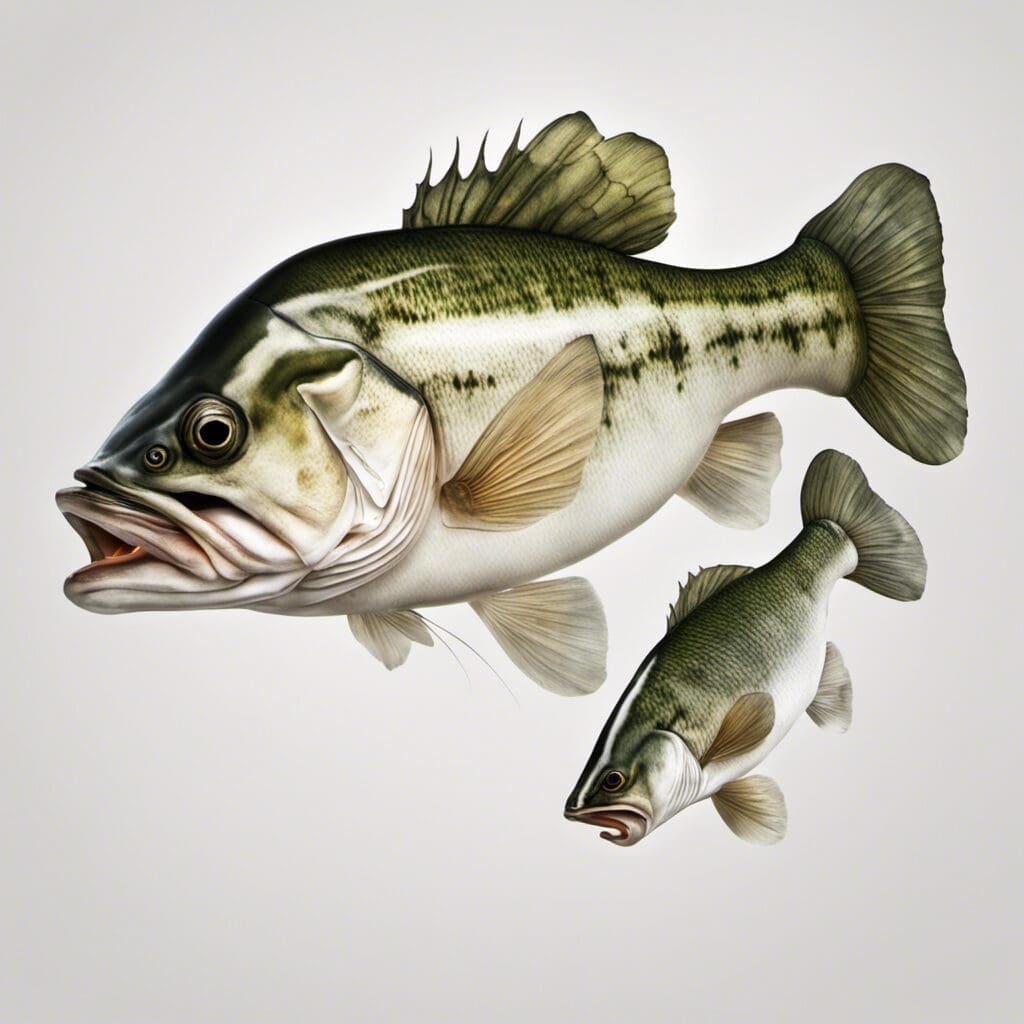Introduction
The White Bass, scientifically known as Morone chrysops, belongs to the family Moronidae. Known for its hard-fighting spirit when hooked and its delicious flavor when cooked, the White Bass is a significant part of North America’s sport and commercial fishing industries.
Conservation Status
White Bass populations are currently stable and are not considered under threat. Due to successful management practices and the species’ adaptability, White Bass are widely regarded as a sustainable fishing species.
Statistics
| Statistic | Average | Range |
|---|---|---|
| Length | 10 inches (25 cm) | 9.8 – 17 inches (25 – 43 cm) |
| Weight | 1 pound (0.45 kg) | 1 - 2.2 pounds (0.45 - 1 kg) |
| Age | 3 years | 1 – 7 years |
Distribution
Native to the freshwater bodies in the central and eastern parts of North America, White Bass have been introduced into various other locations due to their popularity among anglers. The species does not typically exhibit prominent migration patterns.
Habitats
White Bass thrive in water bodies of varying temperature ranges. Preferring freshwater environments, they can be found in lakes, rivers, and reservoirs.
Water type:
Freshwater
Depth range:
Surface to 40 feet
Temperature range:
15°C – 22°C
When and Where to See
White Bass are mostly caught during the spring and fall when they move into tributaries for spawning and feeding. The best catches typically occur during early mornings and late evenings.
Best Fishing Locations
Here are just a few preferred White Bass fishing locations:
- Lake Erie, USA
- Mississippi River, USA
- Lake Michigan, USA
- Missouri River, USA
- Lake of the Ozarks, USA
If specific locations are not known, look for sand or gravel bottoms, near rocks or submerged wood, as they provide the best habitat for baitfish.
How to Catch
White Bass are known to bite at spoons, spinners, and small crankbaits. Among fishing techniques, trolling, casting, and fly fishing are highly successful. The species is mostly caught during early mornings and late evenings, especially during spring and fall.
Identification Guide
White Bass can be identified by their silver color and several dark, horizontal stripes on their sides. They also possess two dorsal fins that are joined at the base.
Culinary
White Bass has a mild, slightly sweet flavor and a medium-firm texture. It’s commonly baked, grilled, or fried, and can be used in various recipes such as fish tacos, stews, or chowders.
Additional Information
White Bass feed on a variety of smaller fish and insects. Significant predators include larger fish species and birds of prey. The White Bass’ cultural significance can be traced back to its role in the livelihood of Native American tribes and is now a popular sporting fish in North America.
References and Further Reading
- NOAA Fisheries
- California Department of Fish and Wildlife
- Animals network

